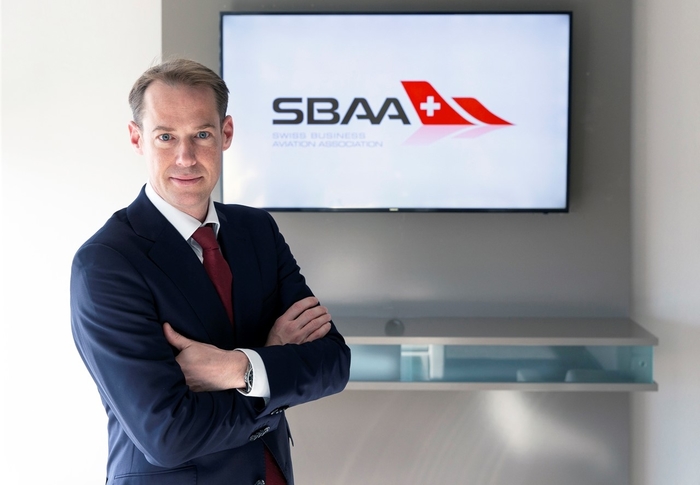What is the first thing on your to-do list as president of the SBAA?
The first thing I plan to do is host a workshop with all the SBAA board members is to discuss our objectives and communication strategies for the coming year and beyond. This is very important as it will allow everyone to be aligned with one another so that we can really work as a team to reinvigorate Swiss business aviation.
What are some of the key issues you hope to tackle as president?
I plan to make Swiss business aviation a leader in Europe and the world by ensuring our market remains as attractive as possible. This will mean tackling the current big issue, which is the regulatory and tax environment.
Across the entire business aviation industry, we’re seeing a big push from EASA for greater safety. This is key to our ethos and an area that is regularly tested. However, meeting standards can be expensive, which is causing some smaller operators to look to global companies like Luxaviation Group for support.
These and other costs are driving the industry toward increased consolidation. This is an area I’m keen to investigate further, as while consolidation may be a positive thing for the industry overall, it is a problem if smaller operators are pushed toward it as a result of narrowing profit margins.
How do you predict the Swiss business aviation market will progress over the next year?
Business aviation is on the rise and Switzerland will remain a key market. This is helped by the region’s ongoing investment in infrastructure – such as hangars and FBOs – which will support a rise in movements, although this will need to be increased at a higher rate to meet demand.
In Switzerland, there are two main military airports – Payerne Airport and Dubendorf Airport – that have been discussing and investigating the opportunity of becoming more accessible for business aviation. Dubendorf Airport would be able to assist in relieving traffic from Zurich Airport, and Payerne Airport would enable business aviation to support business in the region between Bern and Geneva.
We’re also seeing a drive to make Lugano Airport even more accessible for business aviation. The airport is in a great location as it is situated in the Ticino region of Switzerland.
What key challenges does the business aviation industry face over the next few years?
Pilot and crew shortages are the obvious challenges. According to Boeing’s 2018 Pilot & Technician Outlook, the industry is looking at a demand for 790,000 pilots over the next two decades and 754,000 additional maintenance technicians.
The price of fuel is another challenge, although it’s not the highest it has been. Since 2015 we have seen a year-on-year increase in fuel costs and we expect this to continue over the next few years.
There has also been a rise in the number of passengers in commercial and business aviation over the past few years, as both industries have become more accessible. This increase will certainly put pressure on the infrastructure currently in place.
Technology will be another challenge. We’re a highly bespoke industry that relies on the human touch. It will be difficult for business aviation to deliver services digitally – for example, a ‘click, book, fly’ solution – while retaining this personal feel.
At the same time, we are witnessing tighter regulatory and tax regimes that are putting pressure on smaller operators. Many of these schemes are designed to improve safety – which is a great step – but they also narrow profit margins for small companies.
How do you see the business aviation sector progressing over the next decade?
We will definitely see an increase in the number of long- range and ultra-long-range jets. We’re already seeing Bombardier and Gulfstream in the race for the longest- range business jet on the market. We’ll see more airports needing to expand to keep up with current and future demand. It will be exciting to see who comes out on top.
As the business aviation industry becomes more accessible to a broader customer base, we will also see a steady increase in the number of first-time flyers and a particular focus on digital personalized experiences, where you will be able to click and book an aircraft via your phone and tailor your experience – such as inflight food – accordingly.
Soon, there will be the option to have your entire route planned from start to finish. This will be a point-to-point experience, including not just helicopter or limousine transfers, but also your hotel, onward travel and other aspects of your trip. It will certainly open up business aviation to more people once these experiences are implemented.





